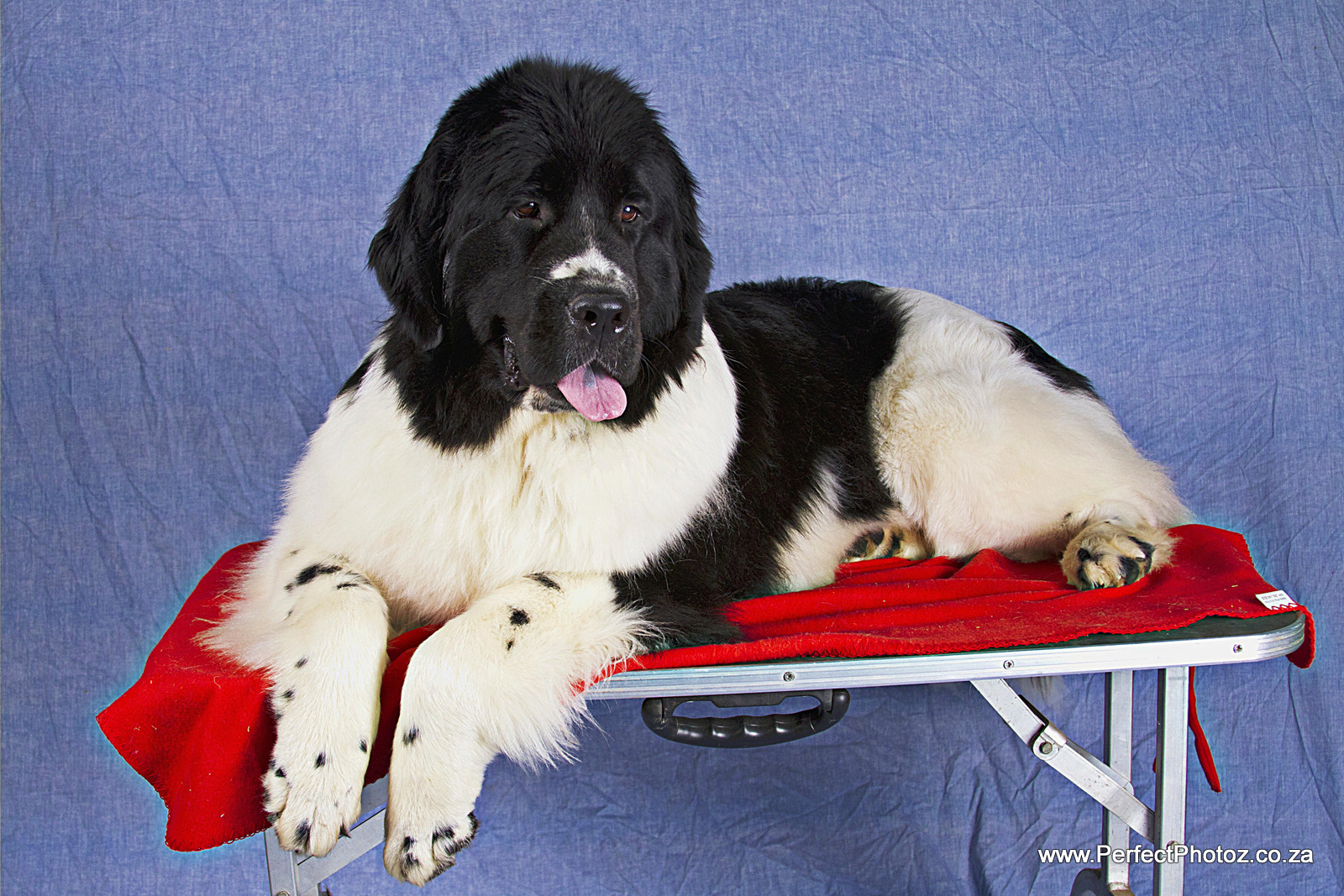Landseer Newfoundlands
Forums
Can genetics determine the exact markings on a dog? Or is the pattern of markings purely a random event?
In newfoundlands, accredited breeders strive to breed a "perfectly" marked newfoundland who is pure white with a black head, black saddle and black rump. No or minimal ticking.
But when two "perfectly marked" dogs are bred together, very few, if any, of the puppies have the same markings. Does this mean that getting desired markings is purely by chance or can it be actually be done by breeding dogs with similar genetics? (Attached is a bitch with desired markings as well as her son, a heavily marked boy with more black. Father was similar to the mother)
Also, what would the ideal genetic make-up be to describe what we call a perfectly marked dog? Or is this impossible to do?
We usually test the B, D, T and S Loci when testing for colour in Newfoundlands.

